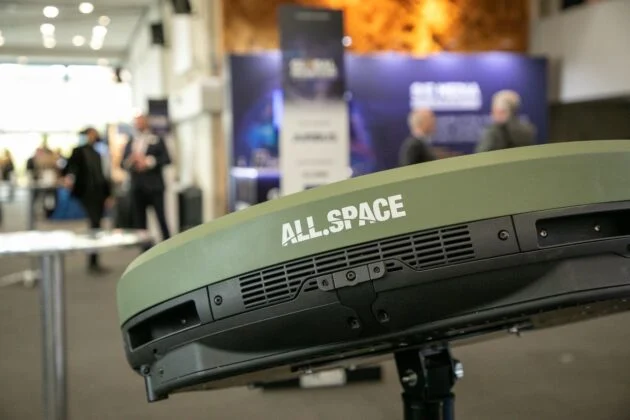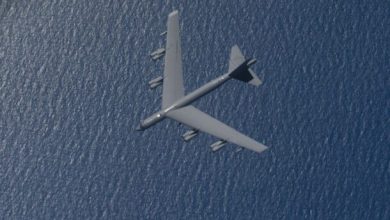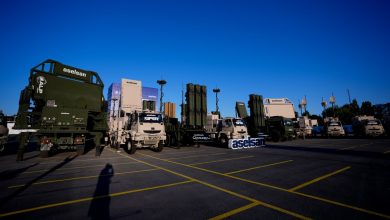U.S. Army validates Hydra MAX Terminal for field use

ALL.SPACE has announced a major step forward in U.S. Army modernization efforts with the successful validation of the company’s Hydra MAX terminal under the Next Generation Tactical Terminal (NGTT) program.
The achievement confirms that the system can deliver continuous multi-orbit satellite connectivity — across LEO, MEO, and GEO networks — even while on the move.
According to the company, the NGTT program was created to solve one of the most persistent problems in beyond-line-of-sight communications: maintaining reliable, high-throughput links during maneuver operations. The Army required a production-ready, multi-orbit terminal that meets Technology Readiness Level 6 (TRL 6), proving that a system can perform in a relevant operational environment.
ALL.SPACE says its Hydra MAX terminal met that threshold following extensive evaluation at Aberdeen Proving Ground. Supported by Telesat Government Solutions and Viasat, the company demonstrated simultaneous multi-beam LEO/GEO and LEO/MEO operations while the system was mounted on vehicles traversing difficult off-road mobility routes.
The demonstrations showed that the terminal sustained high data rates and high-resolution video, both during stationary operation and while moving at changing azimuth and elevation angles. The terminal maintained its LEO three-beam lock despite vibration, terrain shifts, rapid motion, and fluctuating line-of-sight conditions. The company said the performance reflects the terminal’s ability to maintain resiliency under operational stress.
Hydra MAX uses digital beamforming with monopulse tracking, giving it faster responsiveness than traditional tracking methods. ALL.SPACE describes the architecture as capable of delivering rapid, precise connectivity across wide scan angles under conditions that typically degrade satellite communications.
This milestone follows the company’s recently announced partnership with Telesat Government Solutions to prepare Hydra MAX for type certification on the future Telesat Lightspeed constellation. That cooperation, the company says, supports broader integration efforts aimed at future U.S. and allied military communications architectures.
In a statement, Paul McCarter, CEO of ALL.SPACE, said: “Successfully completing this testing as part of the NGTT program and reaching TRL 6 is a defining moment for ALL.SPACE. Hydra-2 MAX has proven it can deliver uninterrupted, intelligent connectivity in the harshest operational conditions. For commanders, this means cloud access, data fusion, and decision superiority remain intact — no matter the orbit, no matter the threat.”
The company notes that Hydra MAX is built to align with the Department of War’s Joint All-Domain Command and Control (JADC2) objectives. The system uses a Modular Open Systems Approach (MOSA), supporting rapid integration with new satellite networks as they come online. ALL.SPACE also highlights multi-beam transport options, integrated SD-WAN resilience, and compatibility with leading U.S. and allied networks.
The recognition of TRL 6 status confirms that the system has completed prototype-level development and is moving toward operational readiness. It marks a transition from advanced concept to a field-validated capability positioned for future procurement.





